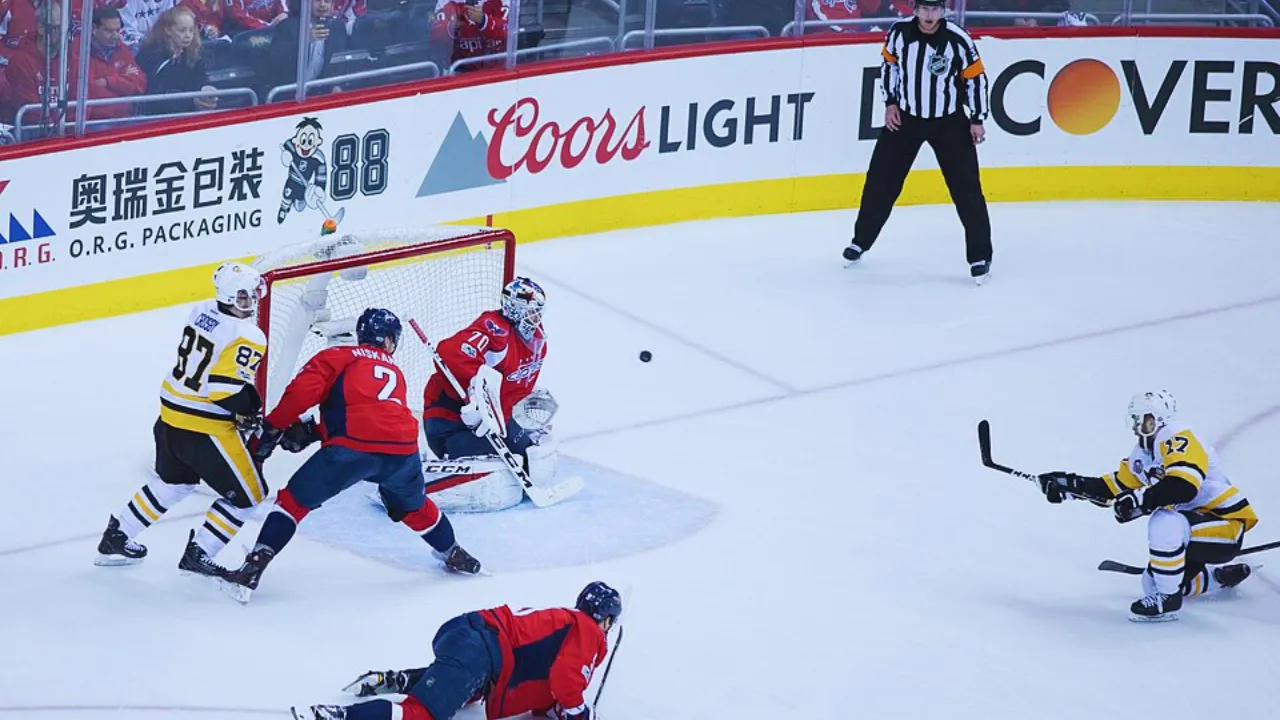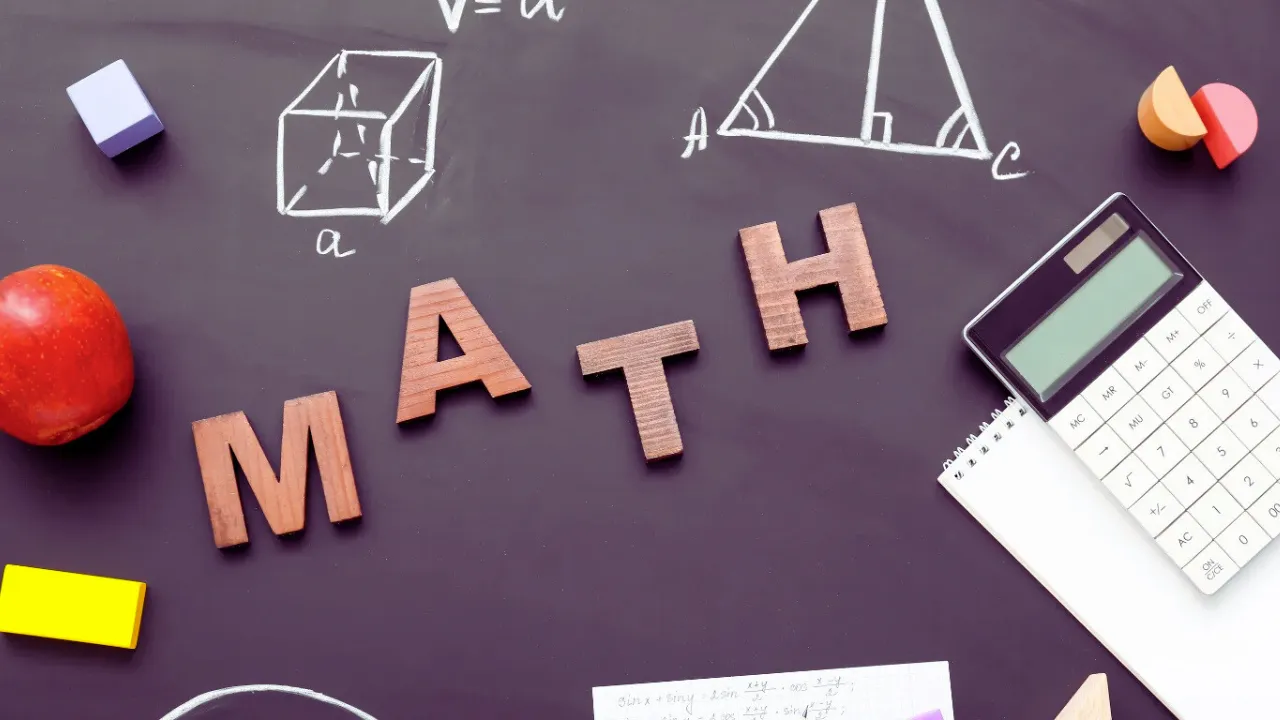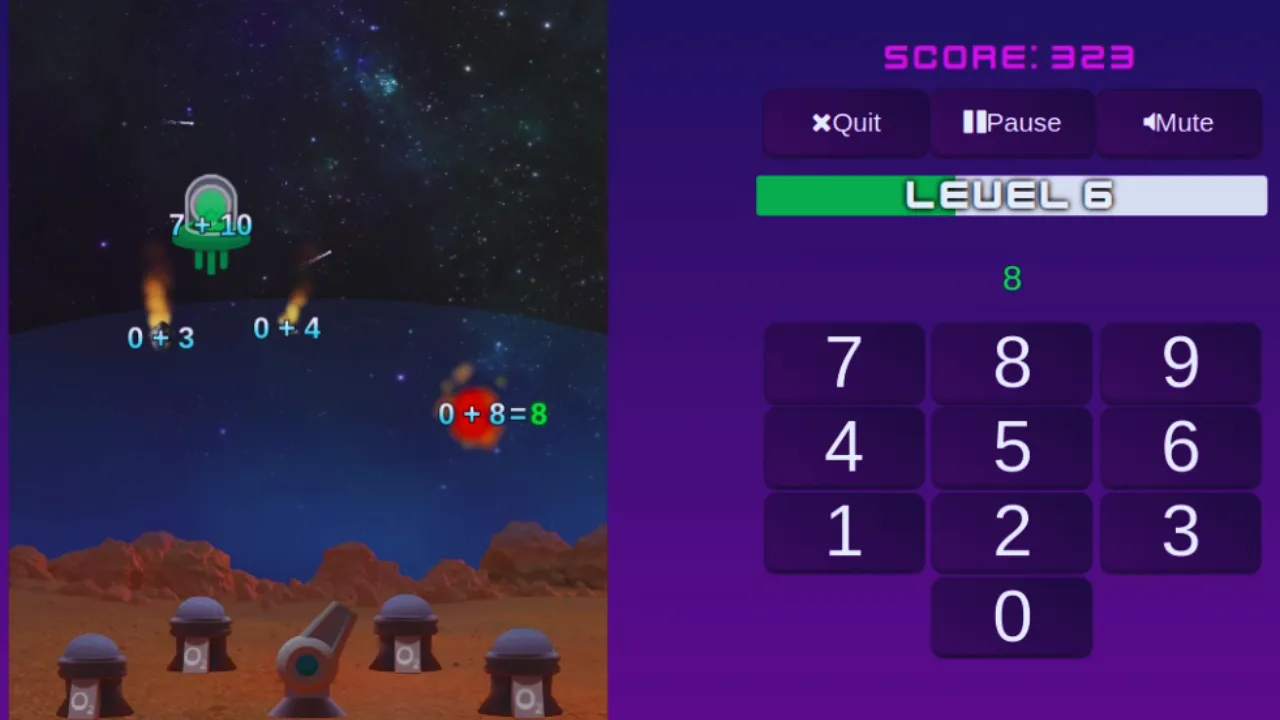How long do hockey games last, Ever found yourself settling in for a hockey match only to wonder, “How long is this going to last?” You’re not the only one asking. The length of a hockey game isn’t always a one-size-fits-all situation. It shifts depending on whether you’re catching an NHL showdown, a college rivalry, a youth league faceoff, or even the high-stakes thrill of the Olympics. Factors like game rules, intermissions, and the ever-dramatic overtime can all stretch or shrink the clock.
Whether you’re in the stands with snacks in hand or curled up at home streaming every slap shot, it’s smart to know what kind of time commitment you’re in for. One thing’s for sure, it’s not just the puck that moves fast. The pace, intensity, and suspense are all part of the timing equation. So before the next faceoff, let’s break down exactly how long a hockey game runs.
Timing Breakdown Across Hockey Game Levels
| Game Level | Periods | Total Regulation Time | Intermissions | Average Game Duration |
| NHL | 3 x 20 mins | 60 minutes | 2 x 17 mins | 2.5 to 3 hours |
| College (NCAA) | 3 x 20 mins | 60 minutes | 2 x 15 mins | 2.25 to 2.75 hours |
| International | 3 x 20 mins | 60 minutes | 2 x 15 mins | 2 to 2.5 hours |
| Junior/Youth | 3 x 12-20 mins | 36-60 minutes | 1-2 x 10-15 mins | 1.5 to 2.5 hours |
| Recreational | 3 x 10-15 mins | 30-45 minutes | 1 x 10 mins (optional) | 1 to 1.5 hours |
NHL Games: What to Expect on Game Day

However, what truly extends the total time is the 17-minute intermissions between each period and potential stoppages. These breaks are used for ice resurfacing, advertisements, and team strategy discussions. Additionally, TV timeouts and reviews add minutes, resulting in an average game length of nearly 2 hours and 45 minutes. If there’s a tie, the game proceeds to a 5-minute sudden-death overtime, followed by a shootout if needed.
College Hockey Game Duration
College hockey games in the NCAA follow a similar format to the NHL. Each period is 20 minutes with intermissions typically lasting 15 minutes. While the action level is intense, the crowd size and broadcast demands are usually lighter, making these games slightly shorter than professional ones. A typical NCAA game finishes in just under 2.5 hours, even if overtime is required.
International and Olympic Hockey Game Length
The format remains 3 x 20-minute periods with 15-minute intermissions. Since these games are played with wider rinks and slightly different icing rules, they often run quicker, averaging 2 to 2.5 hours. International tournaments may also include 10-minute overtime or shootout rounds in case of a tie.
Hockey Game Length Comparison
| Format Type | Overtime Rules | Shootout Option | Notable Timing Factors | Real-World Example |
| NHL | 5 mins OT + Shootout | Yes | TV timeouts, video reviews | Stanley Cup Playoff Games |
| College | 5 mins OT (sometimes) | Rarely used | Fewer media interruptions | Frozen Four Semifinals |
| Olympic | 10 mins OT (final games) | Yes | Wider ice surface | Men’s Olympic Gold Medal Match |
| Youth | Shorter OT or none | Not usually | Varies by league | Local School League Games |
| Recreational | Often no OT | No | Quick sessions, no stoppages | Weekend Ice Rink Matches |
Factors That Influence Total Game Time
How long do hockey games last, There are several elements that influence how long a hockey game lasts. These include timeouts, penalties, on-ice injuries, video reviews, and celebrations. For instance, if a player challenges a goal due to goalie interference, the officials may take 3–5 minutes to review footage. Similarly, fights or major penalties can lead to game stoppages, and passionate crowds often increase delays during playoff matchups.
Intermissions and Break Durations
How long do hockey games last, Most professional and international games have two intermissions lasting between 15 and 17 minutes each. These breaks serve practical purposes like ice resurfacing and commercial broadcasting. In youth and recreational games, breaks may be shortened or even skipped entirely to fit within limited ice time slots. For fans attending in person, intermissions are a good chance to grab snacks or stretch your legs.
Overtime Scenarios Explained
NHL regular season games use a 5-minute 3-on-3 format, while playoff games employ 20-minute sudden-death overtimes until someone scores. College and international tournaments often follow 5-10 minute OT periods, with shootouts applied only in group stages. These formats ensure a thrilling end to close games but also extend the total duration.
Youth and Junior Hockey Duration
How long do hockey games last, Youth hockey games vary widely by league and age group. Generally, they consist of 3 periods ranging from 12 to 20 minutes, with 1 or 2 brief intermissions. Some leagues use running clocks rather than stop-time, shortening game time significantly. Tournaments sometimes pack games tightly, leading to faster-paced matches. Expect game lengths to range from 60 to 90 minutes.
Recreational and Practice Sessions
In recreational leagues or practice settings, timing is far more flexible. Matches often use 3 x 10 or 15-minute periods and may skip intermissions. Ice time is typically rented in hourly blocks, so these games run between 45 to 75 minutes. While less formal, they still deliver plenty of action without the commercial or fanfare delays of higher-level games.
How to Plan Your Time When Watching Hockey
Planning your time around a hockey game? Be generous with it. For pro-level action—think NHL clashes or Olympic bouts—you’re looking at a solid 3-hour block. That window gives you room for warm-ups, intermissions, maybe some nail-biting overtime, and those can’t-miss post-game interviews or ceremonies. How long do hockey games last.
Heading to a local youth game or catching a weekend amateur match? But here’s the catch—if it’s a playoff or tournament setting, the timeline can stretch. Extra rounds, tie-breakers, and championship energy often push the schedule further.
Why Hockey Timing Matters for Fans and Players
How long do hockey games last, Knowing how long hockey games last isn’t just about scheduling—it affects everything from fan energy levels to team strategy. Coaches plan line rotations based on period duration. Fans plan meals, travel, and social plans around game timings. Broadcasters also use fixed durations to schedule advertisements and replays. Timing is integral to the rhythm and feel of every hockey game.
Wrapping Up
So, how long do hockey games last? It depends on the level, rules, and game context. NHL games can stretch close to 3 hours, while youth and recreational games are much shorter. From fast-paced college clashes to drawn-out playoff marathons, every match brings its rhythm and timing. Whether you’re a first-time viewer or lifelong fan, knowing what to expect makes each game more enjoyable. Get ready, plan, and enjoy every minute on the ice.
FAQs
How long, including all breaks, do NHL hockey games last?
NHL games typically last between 2.5 to 3 hours from puck drop to final whistle. This includes three 20-minute periods, two 17-minute intermissions, plus stoppages for reviews, penalties, and timeouts. If overtime or a shootout occurs, that can add another 10–15 minutes. Playoff games with extended overtime may last well over 3 hours.
How long are Olympic hockey games, including overtime?
Olympic hockey matches follow IIHF rules, with three 20-minute periods and 15-minute intermissions. If tied, group games go to a 5-minute overtime followed by a shootout, while knockout rounds feature 10-minute or even 20-minute sudden-death periods. Including breaks, these matches last between 2 and 2.75 hours.
How much time should I set aside to attend a youth hockey game?
Youth hockey games are shorter, generally lasting between 60 and 90 minutes. This includes 3 periods ranging from 12 to 20 minutes, brief intermissions, and potential delays. Running clocks are often used to ensure games finish on time. Arriving 15 minutes early and planning for a 2-hour window is ideal.
Do all hockey games have intermissions?
How long do hockey games last, Most formal games—NHL, college, and international—have two intermissions. Recreational and some youth leagues may only have one, or skip them altogether. Intermissions allow for ice resurfacing, player recovery, and strategy changes. They’re also essential for fans to take breaks during longer games.
Are college hockey games shorter than NHL ones?
Yes, on average. While both use the same 3 x 20-minute period structure, college games often have shorter intermissions and fewer media stoppages. They tend to finish in about 2.25 to 2.75 hours. Less replay reviewing and simpler broadcast setups help keep things moving faster.
What’s the longest a hockey game can last?
Theoretically, there’s no upper limit if a game goes into multiple sudden-death overtimes. In NHL history, some playoff games have extended past 5 overtimes, running over 6 hours total.
Why does TV broadcasting impact hockey game duration?
How long do hockey games last, Television broadcasts insert commercial breaks, replays, and pre-/post-game analysis. In leagues like the NHL, these TV timeouts are scheduled each period and can extend total game time by 20 to 30 minutes. National games tend to have longer pauses than local broadcasts or college streams.




